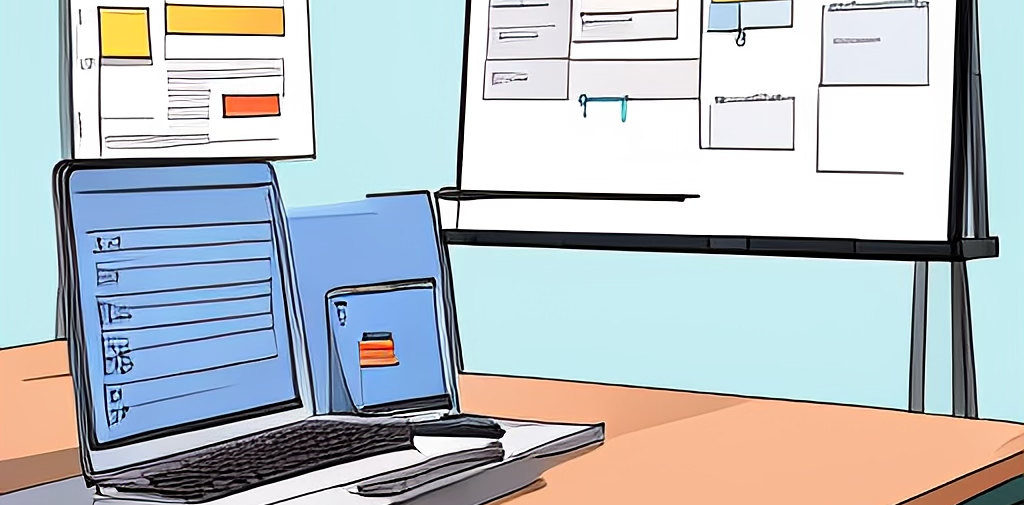Use Lean Methodology to Optimize Customer Experience Design

Lean CXD
As a product manager, I'm always looking for ways to refine and improve the customer experience. That's where Lean Methodology comes in. Originally developed for manufacturing, Lean principles focus on reducing waste, maximizing value, and continuously improving based on real user feedback. By applying Lean to customer experience design, I can ensure that every feature and interaction serves a purpose and enhances the user journey.
The first step is identifying what truly matters to customers. Instead of making assumptions, I gather data through user research, interviews, and analytics. This helps me eliminate unnecessary features that clutter the experience and focus on what users actually need. Lean encourages building a Minimum Viable Product (MVP) to test ideas quickly, ensuring that every design decision is validated before investing too much time or resources.
Continuous iteration is another key element of Lean. Once the MVP is in users' hands, I collect feedback and analyze how they interact with the product. Are they struggling with navigation? Are certain features being ignored? This approach helps me refine the design in small, impactful steps rather than making large, risky changes. The goal is to continuously optimize based on real user behavior.
Cross-functional collaboration also plays a big role in Lean-driven customer experience design. By working closely with designers, engineers, and customer support teams, I can ensure that we're addressing pain points holistically. Lean thinking pushes us to stay agile, experiment with solutions, and learn from failures without getting stuck in lengthy development cycles.
If you're looking to optimize your product's customer experience, I highly recommend adopting Lean principles. It's helped me create user-centered designs that are efficient, intuitive, and always improving. In the end, a great customer experience isn't built overnight—it's refined through constant learning and adaptation.
all posts